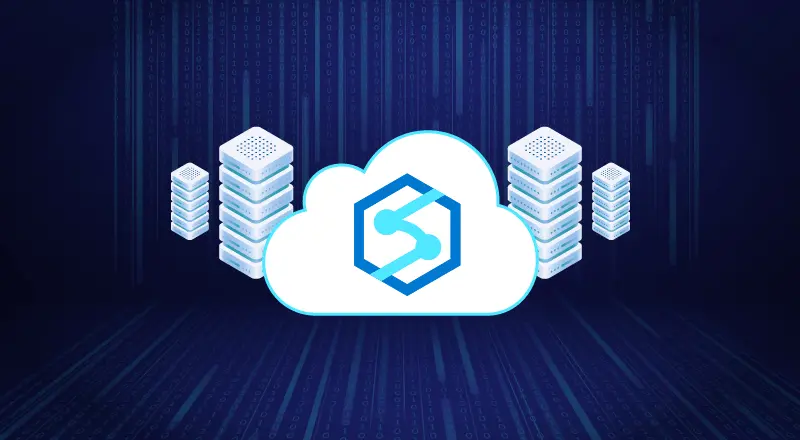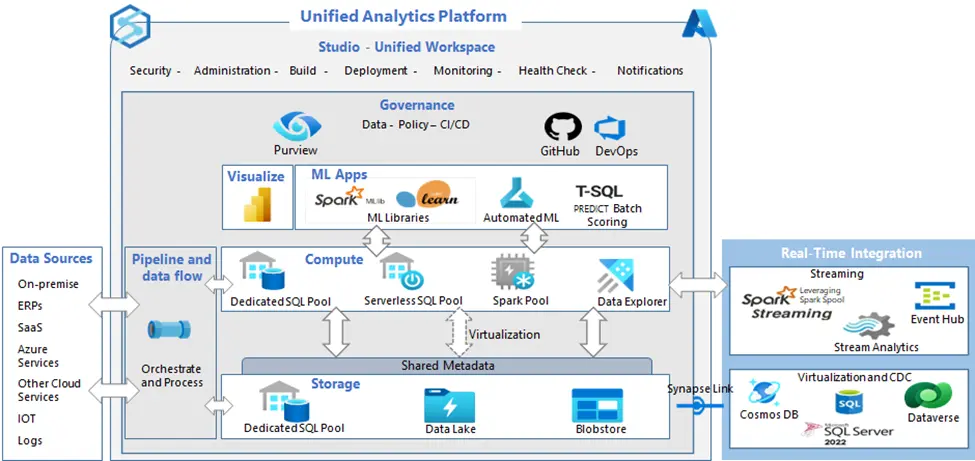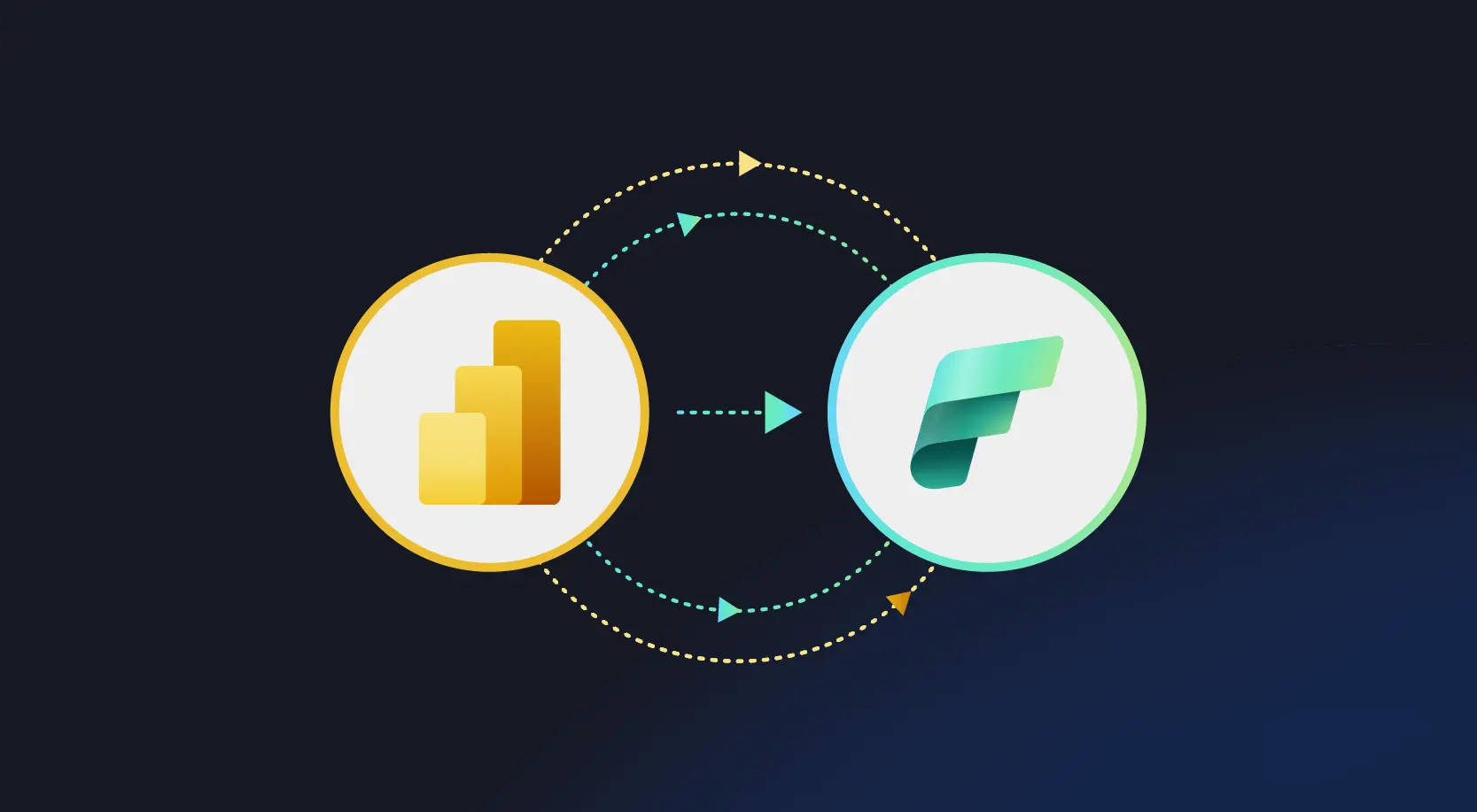
In the data warehouse architecture space, we always had two options ‘single vendor stack’ and the ‘best of breed’. ‘Single vendor stack’ gave better license leverage and technical support but the platforms were still independent units with their own workspaces. ‘Best of breed’ generally boasted innovation. Now we have a ‘single vendor stack’ that includes services that are well integrated, cloud native, with common metadata, imbibes open-source stack and delivers most innovative capabilities, its Azure Synapse Analytics, the first true Unified Analytics Platform (UAP).
Defining Unified Analytics Platform (UAP)
Unified Analytics Platform brings together the capabilities of a modern data architecture in terms of storage, compute, governance, visualization, Machine learning into one unified platform. UAP delivers speed and quality at lesser cost.
Characteristics of a Unified Analytics Platform
Key characteristics that define UAP, includes the following:
- Integrated workspace
- Store and manage variety of data assets
- Out of the box data connectors
- Virtualized data access
- Batch, in-memory, and stream processing
- Integrated Data Governance
- Embedded DevOps
- Cloud native services

Let us now look at how Azure Synapse Analytics addresses the UAP capabilities
- Out of the box data connectors: Synapse Pipelines come with 90+ connectors. Azure Data Factory with the Data Flow design interface is embedded within the platform.
- Virtualized data access: Synapse Link and the External tables with Serverless SQL Pool support accessing data virtually without moving data into Synapse. Synapse Link supports Cosmos DB, Dataverse, SQL DB and SQL Server
- Store and manage variety of data assets: Synapse primary storage is the Azure Data Lake Store which ensures onboarding any type data and as well big data processing with Spark Pool. Dedicated SQL Pool stores data for relational type of querying.
- Batch, in-memory, and stream processing: Pipelines and dedicated SQL Pool support batch processing and in-memory Spark Pool for stream processing.
- Integrated Data Governance: Microsoft Purview is integrated into the platform and enables metadata searching instantly
- Embedded DevOps: The code built within Synapse can be managed by integrating GitHub and Azure DevOps
- Cloud native services: All the pool services, pipelines and other services can be scaled independently
- Integrated workspace: Studio workspace brings a unified experience for the engineering teams across modeling, pipelines, visualization, and Machine learning.
What other Cloud Data Platforms lack?
Some of the key propositions that make Synapse truly UAP that other cloud data platforms lack are the following:
- Capability of Purview, Power BI and ML studio
- Log analytics based on Data Explorer
- Integrated workspace for development of data models, pipelines, visualizations, and ML models
How Azure enables the ‘best of breed’ innovation in the UAP ecosystem?
Azure Synapse Analytics with the Apache Spark ensures innovation happening in the open source is adopted into Synapse, also Purview supports Apache Atlas API. Azure Synapse architectural components are also flexible to integrate with other third-party products. Some of the scenarios would include like data ingestion being done using platforms like Matillion in place of Pipelines, building ML models with Databricks, build a Delta Lake on the Synapse ADLS storage to build Lakehouse architecture.
Synapse is not just a cloud data platform but an end-to-end integrated unified analytics platform that drastically reduces both the cost of development and support, brings higher productivity for the teams and quicker realization of business value.
In order for the enterprises to experience the value of Synapse, WinWire has defined a rapid 2 weeks Synapse adoption framework, please check the details here at Azure Synapse Analytics Assessment.






